Torres del Paine National Park in Chilean Patagonia is one of the most popular outdoor adventure destinations in the world, and for good reason. The park has spectacular glaciers, mountains, grasslands, lakes, and rivers, and is essentially a nature-lover’s idea of paradise. Many people visit to do day hikes to popular spots like the French Valley, the Grey Glacier, or the base of the Torres, or others do the W circuit or Paine treks. And on all the many different treks and activities you can do to explore the park, you’re bound to see some of Torres del Paine’s unique and diverse fauna: animal life. While this is not a definitive list, here are 12 of the animals you can see in Torres del Paine National Park!
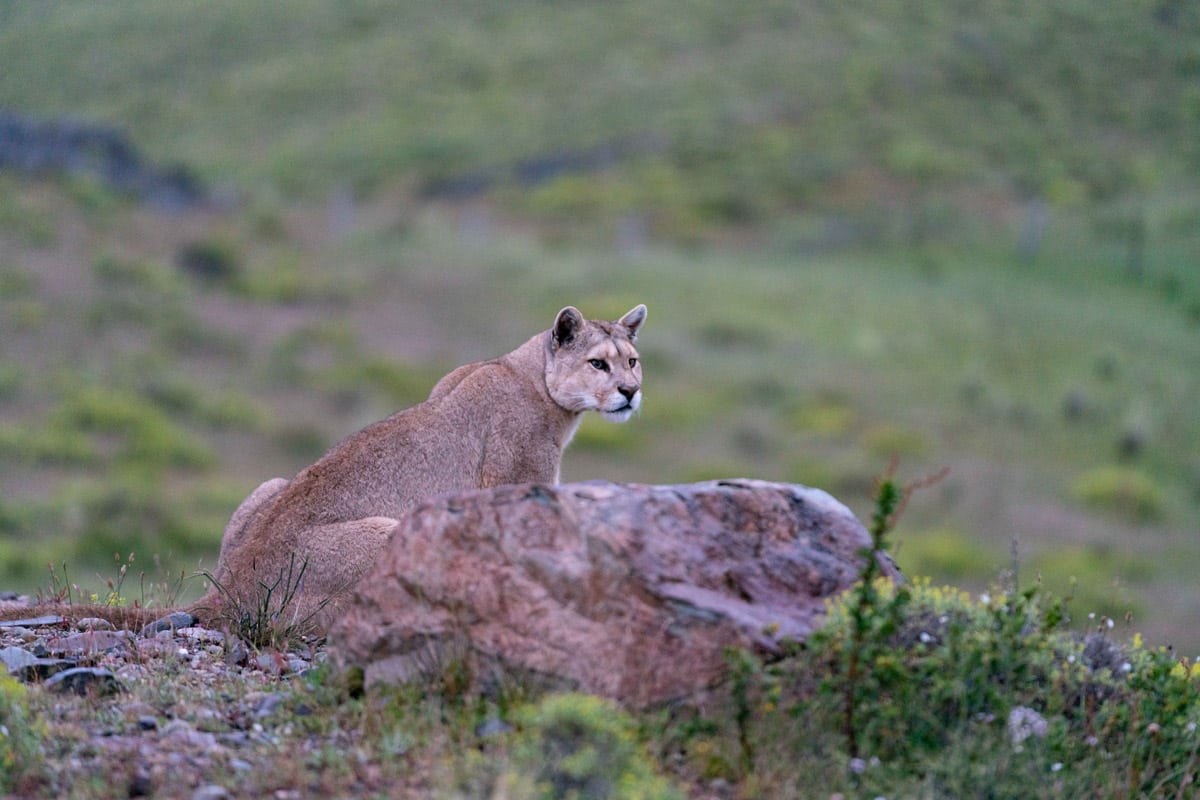
1. Pumas – The king of Patagonia, puma sightings in Torres del Paine have become increasingly common in recent years after fires forced the guanaco population into the areas of the park with more roads and tourism infrastructure. The pumas live solitary lives except when the females are raising their young, which take several years to mature. They prey on guanacos, as well as sheep, which has led to anti-puma sentiment among ranchers and farmers, who hunt them to protect their herds. But conservation and educational outreach programs are turning the tide of opinion on these powerful predators.
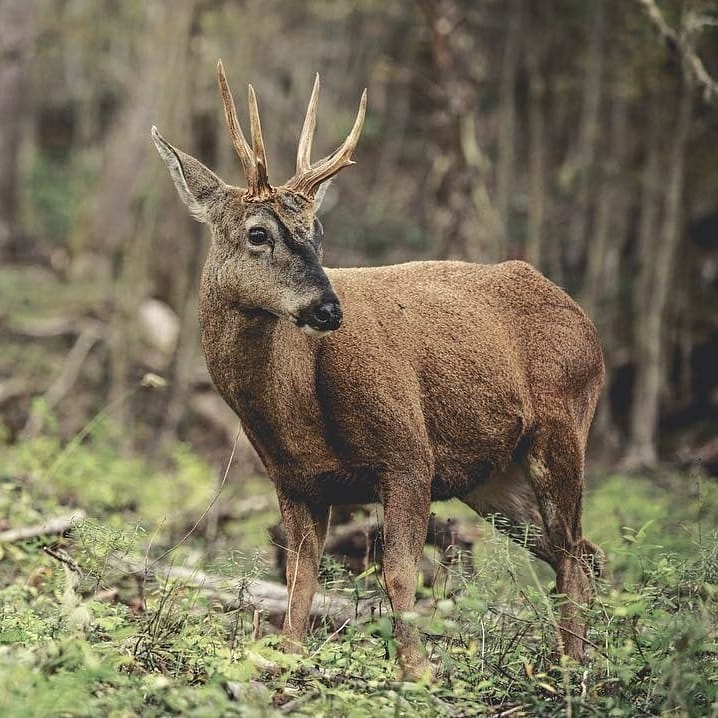
2. Huemuls – If you catch a glimpse of these very shy and elusive deer, which are featured on the Chilean coat of arms, you are really lucky! Sighting a huemul is more rare than sighting a puma. These deer, which are endangered from diseases contracted from farm animals like sheep, loss of habitat, and hunting. With a brown coat and large ears, huemuls are also about half the size of regular deer.

3. Darwin’s Rhea (Nandus) – Similar in appearance and size to an ostrich or an emu, these large birds – which have grey plumage and ruffled feathers – live and travel together in flocks as big as 30 individuals. Similar to their cousins, the ostrich, and emu, they are flightless and elude predators by running at incredible speeds on strong legs. Females lay clutches of up to 50 eggs, which, when they hatch, take three years to fully mature. As its name suggests, it was first recorded by Charles Darwin during his journey on the Beagle.
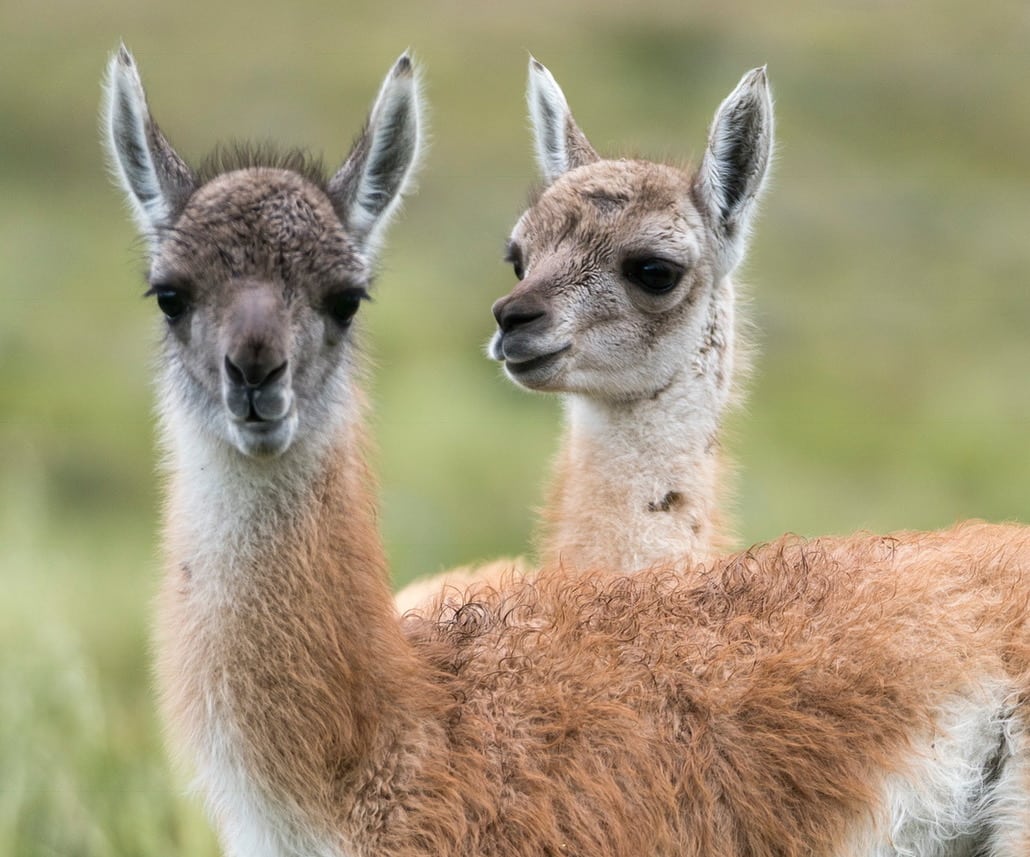
4. Guanacos – A relative of the alpaca and llama, these spindly-legged camelids are some of the most common sights in the park, roaming around in large herds or as individuals (if you see an individual, they are a young male who does not have a harem of females). Competition between males (especially during breeding season) is fierce and fights are common, during which they try to bite their opponent’s testicles. The guanaco diet consists of grass and other plant life, and they mainly live and around seen out in the pampas part of the park, where the herds roam. Their main threat is from the puma, and herds have sentries on hilltops to keep a look out and raise the alarm should they see anything.
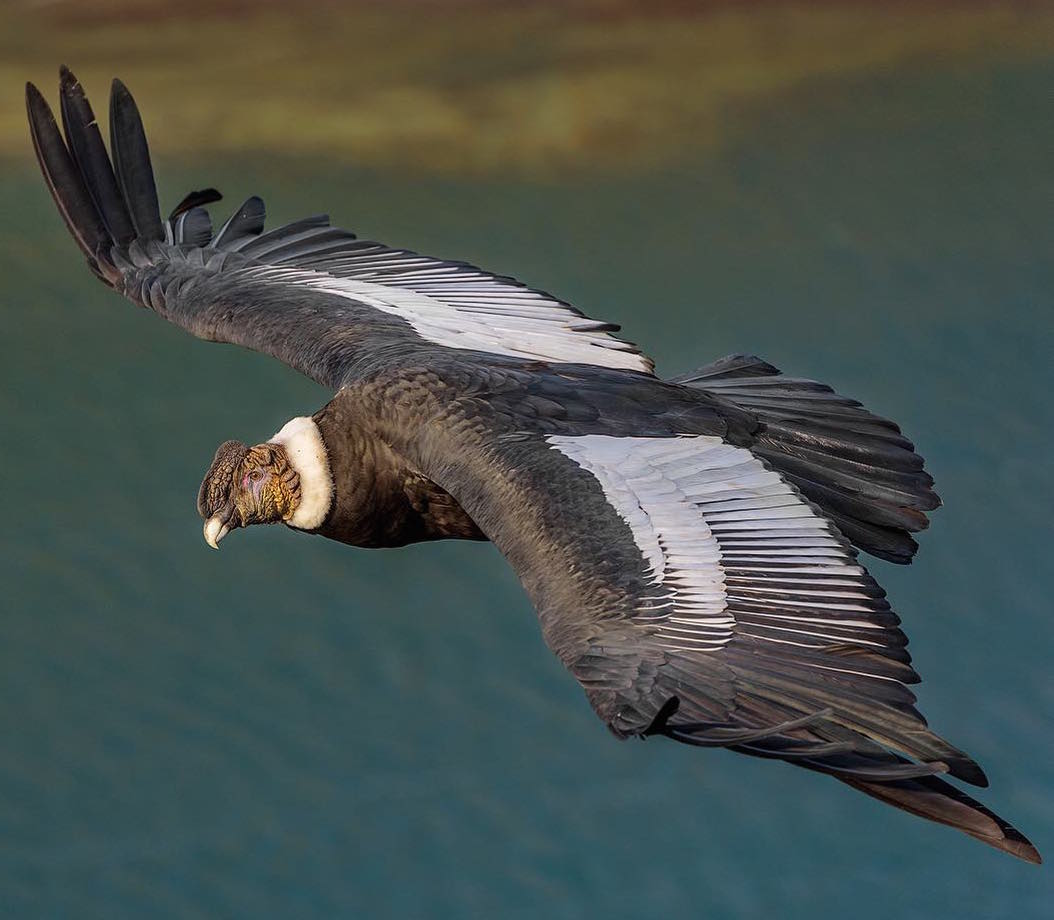
5. Condors – The Andean condor is truly a sight to behold: with a wingspan that can reach ten feet, they are one of the largest bird species in the world. Condors are scavengers, using the thermals and air currents over the park to soar high and keep a lookout for leftovers (carrion) like dead guanacos, which they can spot from incredible heights and distances. You can often see them flying high over the park or coming home to nest on cliff faces.
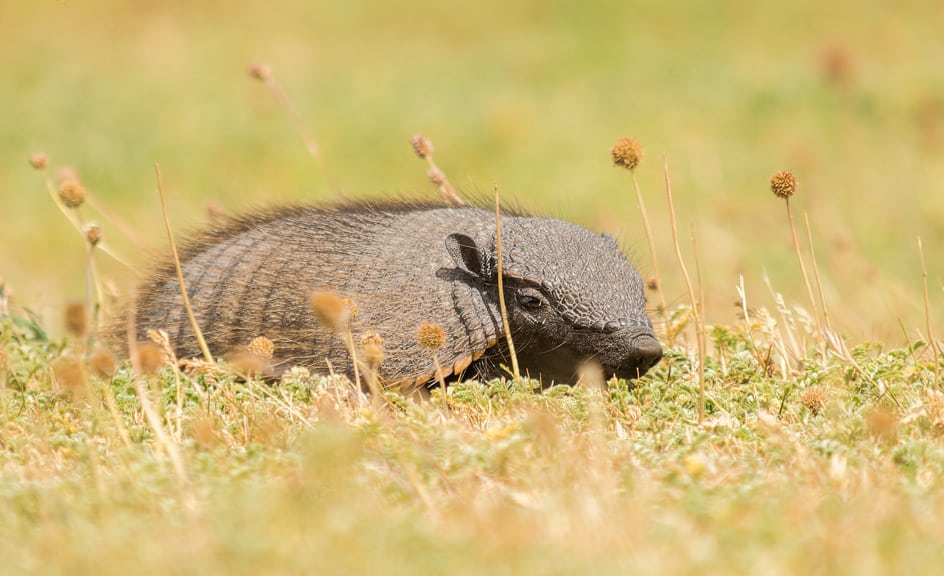
6. Armadillos – There are two different kinds of armadillos in Torres del Paine: the Piche Patagon and the Quirquincho Peludo. The main difference between the two is when they are active, as the dwarf forage for food and explore during the day and the hairy are nocturnal. Both subspecies dig burrows to live in and feed off of grubs, roots, and shrubs. Sometimes they are hunted for their meat or their tough, protective body armor, but in general, they are left alone.

7. Hog-nosed skunk – Surprise, surprise, there are skunks in Patagonia! They’re not a common sight, as they mainly come out at night, but they can sometimes be seen nosing around and foraging for insects, grubs, and wild vegetables. They live in deep burrows that they dig themselves in the pampas, more desert-like areas of the park, and they can be seen out and about during spring, summer, and fall, as during winter they close off their burrows and live off of stored food. And, of course, like all skunks, if threatened or startled, they will spray a stinky, nasty-smelling substance in self-defense.
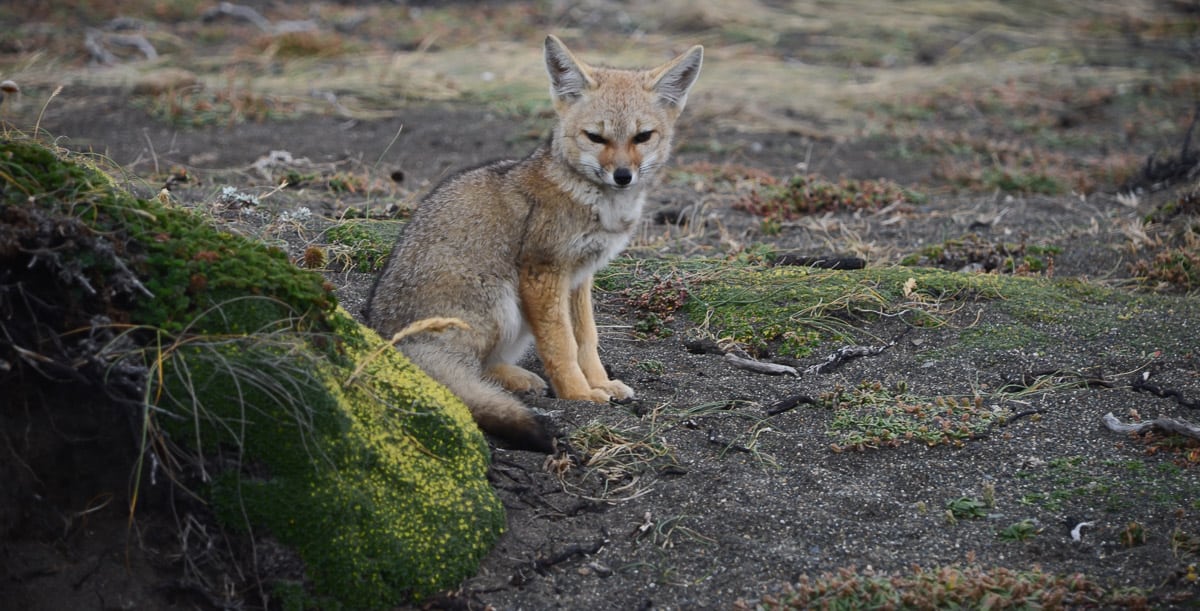
8. Southern grey fox – The Patagonian fox (or chilla) are a likely sight while out exploring the park or hanging out at your accommodations, as they are curious and are often found just out exploring or hunting for their daily diet of rodents, berries, eggs, or other small prey. With a greyish brown coat (which they are sometimes hunted for) the fox can also be identified by its distinctive “yip” call. Also, these foxes are actually not even foxes at all but are a member of the lycalopex family, which are often referred to as “false foxes”.
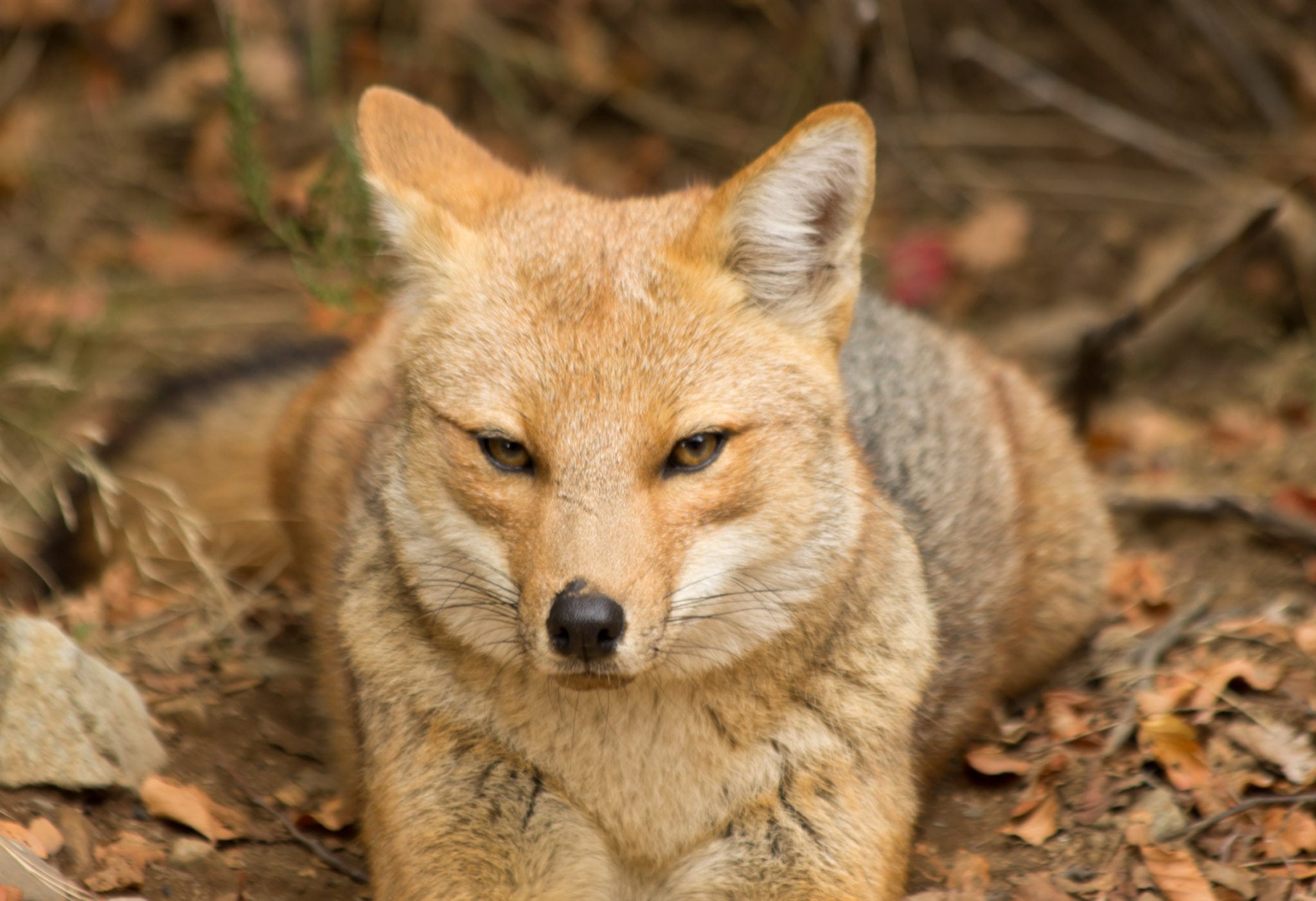
9. Red fox (culpeo) – These adventurous and nosy red foxes are renowned for their “auspicious” and bold hunting style (their name comes from a Mapuche word for madness). In the past, their diet was mainly made up of rodents, birds, berries, and eggs, but since sheep were introduced here in the 1800s, the foxes have definitely taken advantage of the easy prey and have made the sheep their primary targets. With beautiful fur of red and brown, the foxes are sometimes hunted for their furs, despite protection laws.
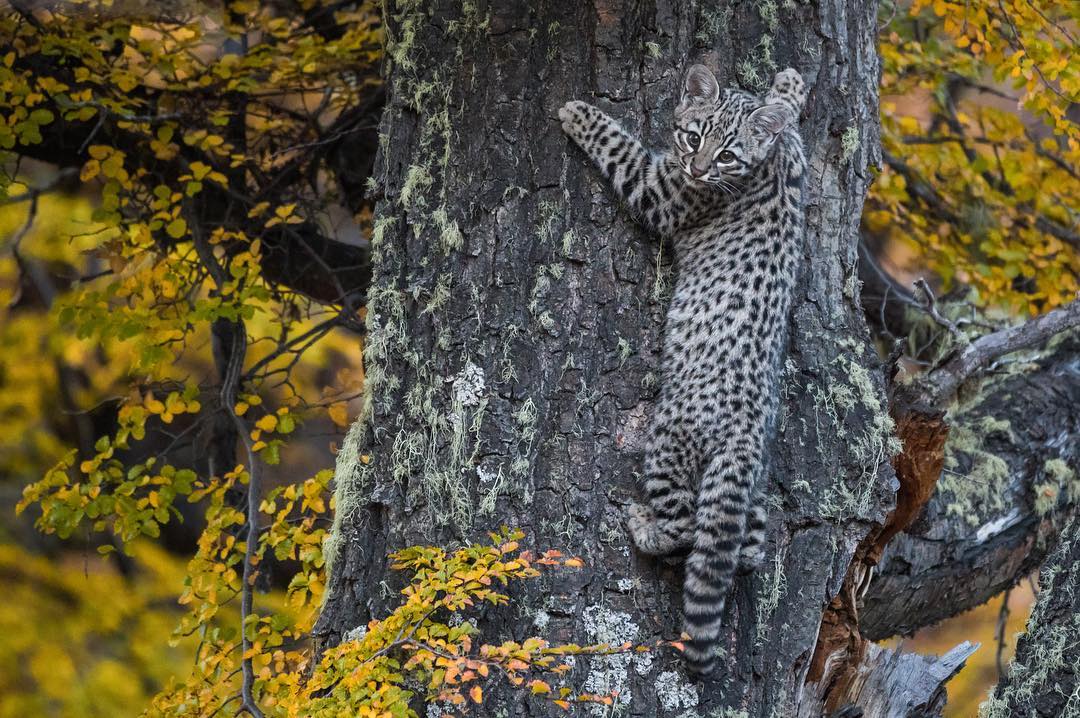
10. Geoffroy’s Cat – A sighting of one of these is a real treat, as sightings are incredibly rare since they are nocturnal hunters, coming out at night to catch small birds and rodents. About the size of an average house cat, the Geoffroy’s cat has a soft coat of tawny brown or light grey covered with black spots and stripes. In the past, they were hunted for their pelts and were even listed as endangered for a while, but new laws and protections have allowed the populations to bounce back. Some naturalists wait their whole lives to see a Geoffroy’s cat, so if you see one during your stay at the park, you are truly lucky.

11. Magellanic woodpecker – Torres del Paine is home to some spectacular bird species, like this jet-black with red faced beauty. They are mostly commonly found in the forested part of the park, drilling into trees for insects, grubs, and other edibles, as well as creating homes for their families. If you are patient and quiet while walking through the forests in the park, you may hear the distinctive “tock, tock, tock” of their hammering.
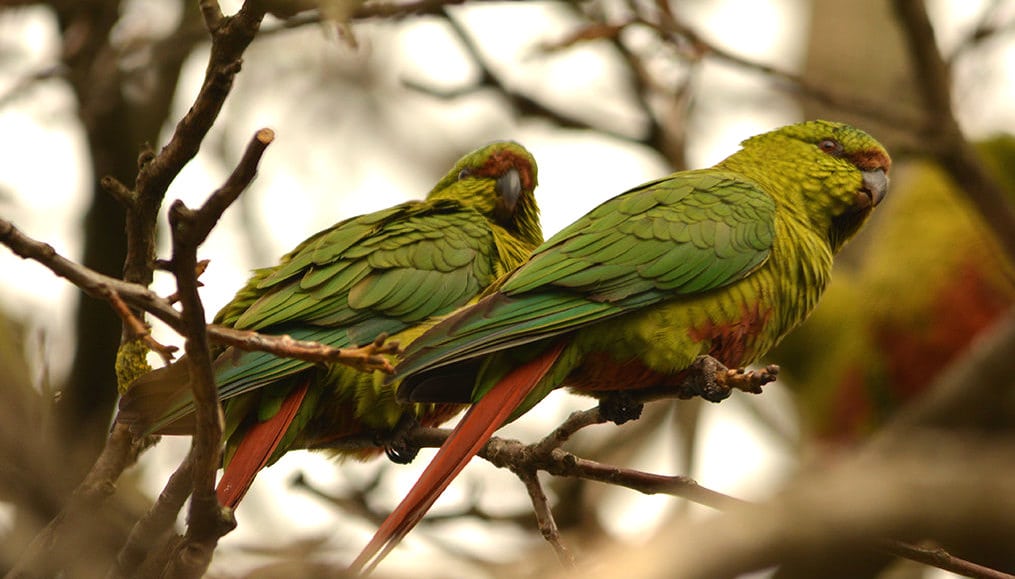
12. Austral parakeet – Parakeets? In Patagonia? You bet! These birds, which are identifiable by their green and red plumage, can be found in the park’s forests and woodlands, feeding off of berries, seeds, and other plant life.